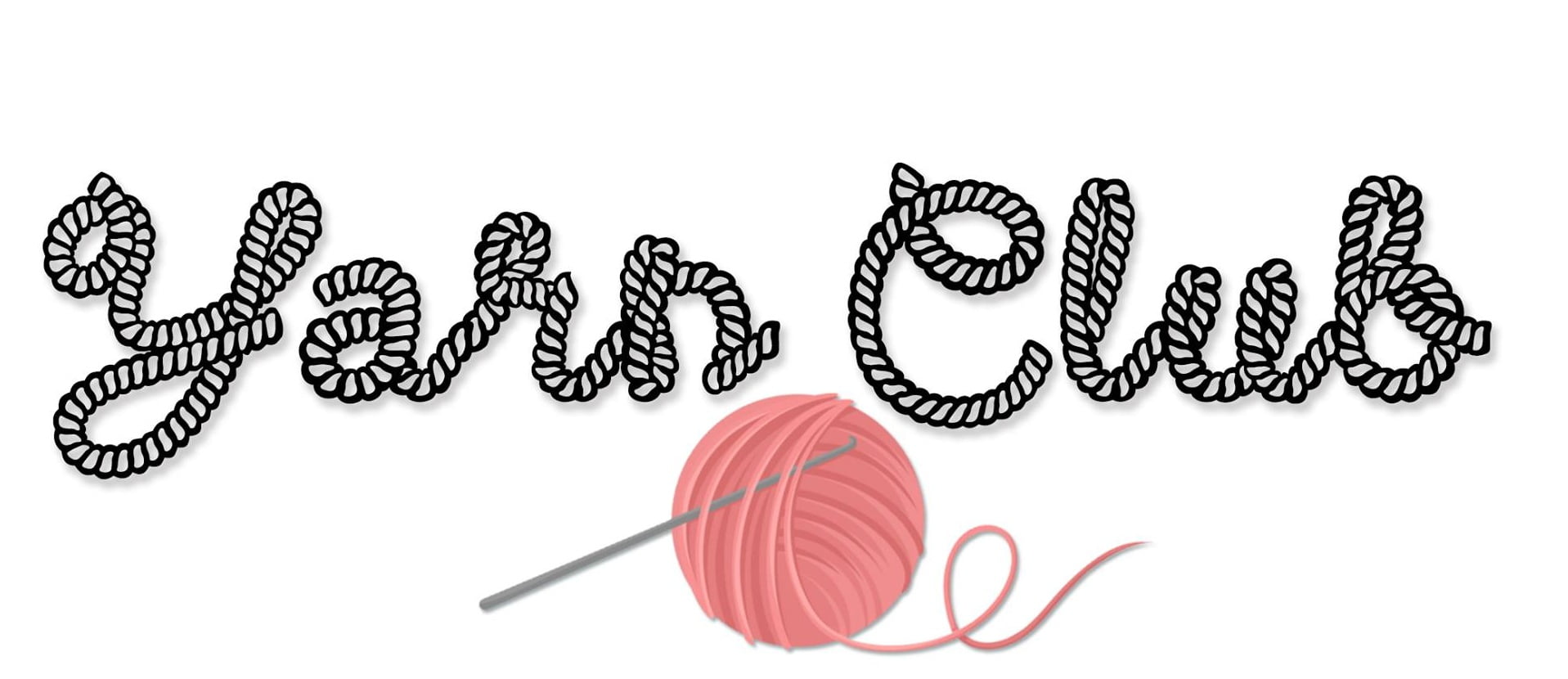Very Important – READ THE NOTES.
I can not stress how important this is. Read through them at least twice. Notes (in any pattern, not just mine) have a lot of important information that is used throughout the pattern. You don’t need to remember them all but, if you have read them, when you come across something in the pattern that has been mentioned in the notes (like leaving loop for later use) you will know where to look.
Read the pattern through…
…but don’t attack the pattern head on. Use a sticky note or similar under the row/round you are working on. The pattern looks a lot less scary if you can only see a little bit at a time. It will also help you keep your place.
Chains and Chain Spaces
When the pattern says to work into a chain, the hook is inserted into the stitches.
A chain space (chsp) is the “hole” made by the chains. When the pattern says to work into a chain space the hook is inserted under the chain(s) not into them.
If there is a number in front of chsp, this means the chsp was made using that many ch. e.g. 4chsp is the chsp made by making 4ch.
Brackets
Instructions in square brackets [like this] are all made into one stitch.
Instructions in round brackets (like this) are repeated the number of times stated outside the brackets.
Stars **
Example:
*2dc, 1ch, 2dc,** 2ch, rep from * twice more, then from * to **,
Means:
Work from * to “rep from * twice more” – Then do that twice more.
Now you have – 2dc, 1ch, 2dc, 2ch, 2dc, 1ch, 2dc, 2ch, 2dc, 1ch, 2dc, 2ch,
Then you have to work from * to **, now you have – 2dc, 1ch, 2dc, 2ch, 2dc, 1ch, 2dc, 2ch, 2dc, 1ch, 2dc, 2ch, 2dc, 1ch, 2dc,
To show each section more clearly – [2dc, 1ch, 2dc, 2ch,] [2dc, 1ch, 2dc, 2ch,] [2dc, 1ch, 2dc, 2ch,] [2dc, 1ch, 2dc,]
Turning at the end of a round.
Some patterns work in a continuous rounds, such as amigurumis.
Some patterns slip stitch together at the end of rounds then continue on the same way.
Some patterns slip stitch together at the end of rounds then, turn.
There seems to be some confusion over this but all you are doing is turning the work so that you work into the back of the sts just made as you would if you are working rows.
You work in the way you would normally, from right to left.
Some basic rules to help when reading patterns
Rule One:
Unless you are told otherwise you can assume you move to the next stitch. So “3 dc” is short
hand
for 1 dc into each of the next 3 stitches. If we want you to work 3 dc
all into the same place we would write “3 dc in next st”
Rule Two:
We use round brackets ( ) to group stitches so “(1 tr, ch 2, 1 tr) in next stitch” means the
whole
of the instructions inside the bracket are to be worked into the next
stitch, without the brackets you couldn’t be sure which of the stitches
were to be worked where. We also use them for groups of stitches to be
missed to avoid repeating the term miss over
and over again. Eg “miss (3 dc, 1 ch-sp, 3 dc)”
Note:
We also use round brackets to give different stitch numbers for the
different sizes and in that case it will looks something like this 2 (2,
3, 3, 4). You select the size before you start, using the size guide
and circle the right instruction for the size you are making to help you
keep on track.
Rule Three:
We use square brackets [] to include instructions that you will work a set number of times. So “[3 dc, miss 2 st] 3 times” is the same as writing “3 dc, miss 2 sts, 3 dc, miss 2 sts, 3 dc, miss 2 sts”
Rule Four:
We use “*…;” for instructions that continue until you get to the point you are told to stop. So *3 dc, miss 2 sts; rep from * to end” means that you will work it over and over again to the last stitch.
Rule Five:
If there is a number after the full stop at the end of the instructions it is a stitch count. These allow you to check you are on track.
